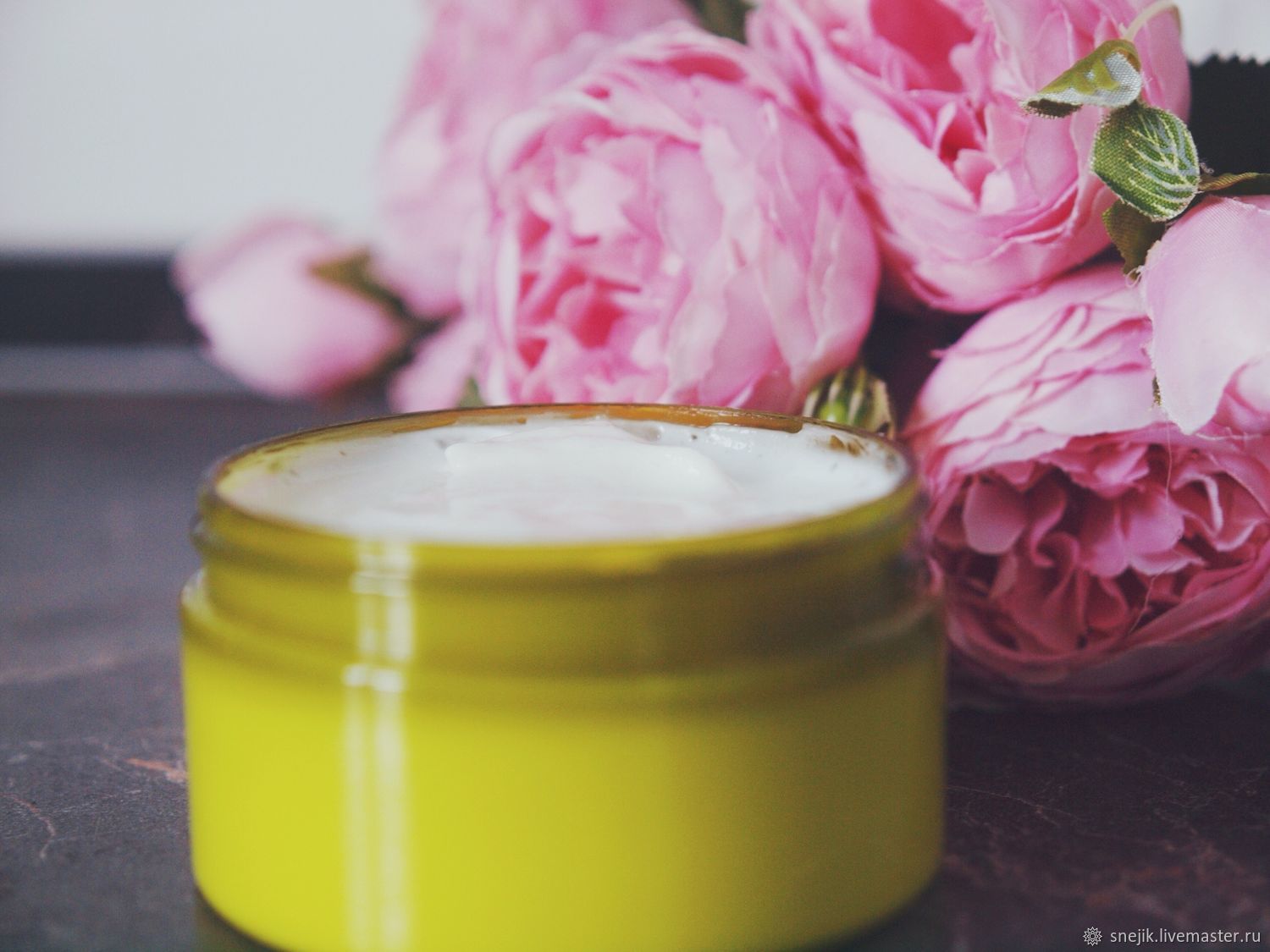
As the seasons change, so should your skincare routine. The move from warm, humid summer days to cooler, drier autumn air brings a shift in how your skin behaves and what it needs to stay healthy and balanced. Many people experience dryness, sensitivity, and a dull complexion as fall arrives. The good news? With just a few thoughtful changes to your skincare regimen, you can keep your skin radiant, comfortable, and well-nourished all season long.
In this post, we’ll guide you through exactly how to adjust your routine for fall from choosing the right moisturizers to maintaining protection against UV damage.
Understanding the Seasonal Shift
The transition from summer to fall impacts your skin more than you might think. In the summer, skin tends to retain more moisture due to higher humidity levels. Lightweight gels and water-based moisturizers usually suffice. But once fall hits, the air becomes cooler and drier, stripping your skin of its natural moisture barrier.
You may also be dealing with the aftereffects of sun exposure pigmentation, fine lines, or uneven texture that become more visible when your summer tan fades. This is the ideal time to support skin recovery and reinforce hydration.
To prevent flaky, irritated, or tight-feeling skin, it’s crucial to proactively adapt your routine. Introducing richer products like a beauty balm can help seal in moisture and soothe stressed skin without clogging pores.
Swap Out Lightweight Products for Richer Moisturizers
Fall is the season to ditch ultra-light lotions in favor of more nourishing creams. Look for moisturizers with emollient and occlusive ingredients that help lock in hydration and repair your skin’s natural barrier. Shea butter, squalane, and ceramides are excellent choices. These ingredients help prevent trans-epidermal water loss one of the main causes of dryness during cooler months.
Layering is also key. Start with a hydrating serum or essence, then follow up with a thicker cream. You might even consider applying a beauty balm at night on particularly dry areas for extra protection.
Introduce Gentle Exfoliation
Exfoliation helps remove dead skin cells that can build up during the seasonal transition, revealing brighter and more even skin underneath. But fall isn’t the time for aggressive scrubs or harsh peels.
Instead, choose gentle chemical exfoliants like lactic acid or fruit enzymes. These help resurface your skin while maintaining hydration. For most skin types, exfoliating 1–2 times per week is plenty. If you’re dealing with post-summer sunspots or texture issues, gradual exfoliation will also improve the absorption of your serums and moisturizers.
Add Hydrating Serums and Masks
Hydrating serums should become a fall staple. Look for ingredients like hyaluronic acid, glycerin, and panthenol that draw moisture into the skin. Niacinamide is another excellent addition it helps reduce inflammation, improve elasticity, and support barrier function.
To level up your hydration, use overnight masks or weekly treatment masks designed to deeply nourish and replenish. These masks work while you sleep to repair environmental damage and restore softness.
Applying these products while your skin is still slightly damp enhances absorption and efficacy, giving you a smoother, plumper complexion.
Don’t Skip Sunscreen
Even though it’s not blazing hot, UV rays are still present in the fall. In fact, UVA rays the ones responsible for premature aging penetrate clouds and glass, meaning your skin remains exposed year-round.
Continue wearing broad-spectrum sunscreen with at least SPF 30 daily. Look for hydrating formulas that double as a moisturizer, especially if your skin tends to get dry this time of year. Reapply if you’re spending time outdoors during peak daylight hours.
Repair and Replenish with Antioxidants
Antioxidants help counteract the oxidative stress and damage from summer sun exposure. Vitamin C is a standout for brightening and protecting, while vitamin E and green tea extract support healing and reduce inflammation.
Incorporating antioxidants into your morning routine just before applying sunscreen can amplify your skin’s defenses and repair processes. This is especially important if you’re addressing uneven skin tone or post-summer pigmentation.
Many of the top fall skincare recommendations from beauty experts include formulas similar to those found in products like a beauty balm, which often combine antioxidants with deeply moisturizing components.
Target Seasonal Skin Concerns
Fall can trigger flare-ups of conditions like eczema, rosacea, and acne. The sudden shift in weather may disrupt your skin’s microbiome or trigger inflammation.
Switch to gentle cleansers that don’t strip the skin. Avoid toners with alcohol and opt for hydrating or calming versions with aloe or rose water. If breakouts increase, consider adding a BHA like salicylic acid to your routine a few times a week.
If your skin continues to struggle, consult with a dermatologist for tailored solutions that are seasonally appropriate.
Bonus: Don’t Forget Your Lips and Hands
Your lips and hands are often the first areas to show signs of dryness and neglect. Use a thick, non-petroleum-based lip balm and reapply throughout the day. For hands, look for creams with lanolin or glycerin and apply after every wash.
Keeping a small tube of balm or cream in your bag ensures you can protect these areas while on the go.
Conclusion
Transitioning your skincare from summer to fall doesn’t have to be complicated. With a few strategic changes richer moisturizers, gentle exfoliation, hydrating serums, and continued sun protection you can maintain glowing, healthy skin all season long.
Don’t wait until your skin feels dry or uncomfortable. Making adjustments now ensures your skin stays resilient, nourished, and beautiful throughout the cooler months ahead.